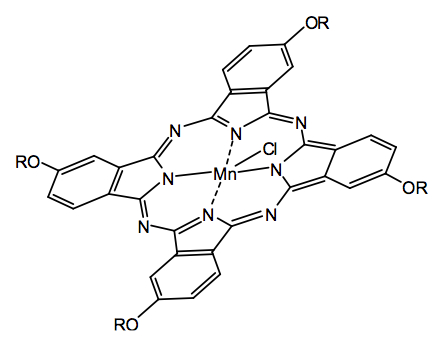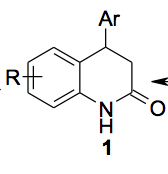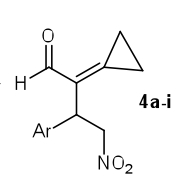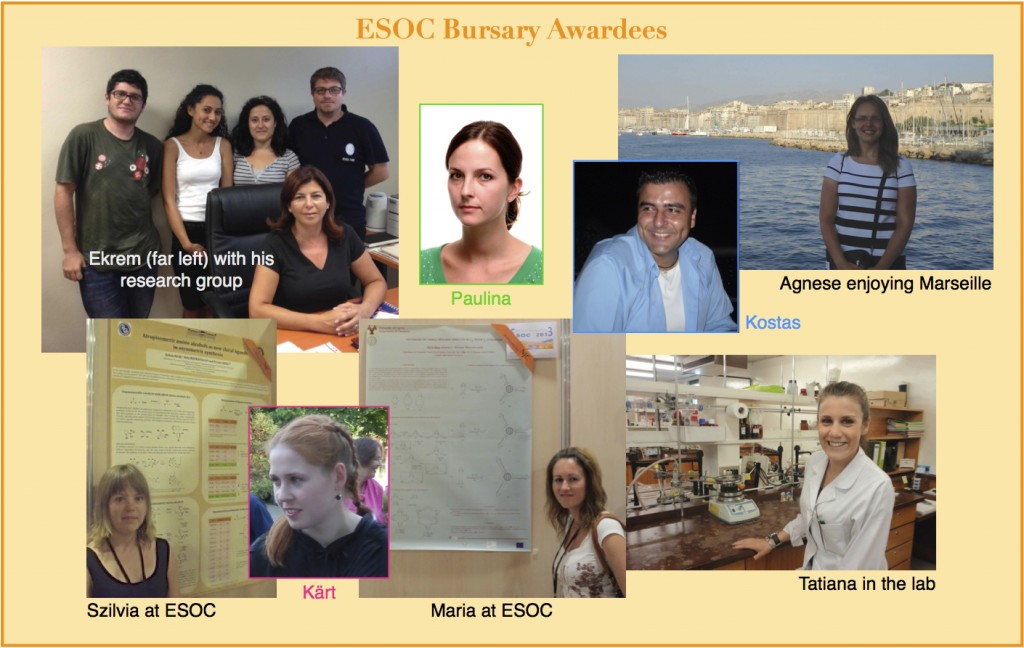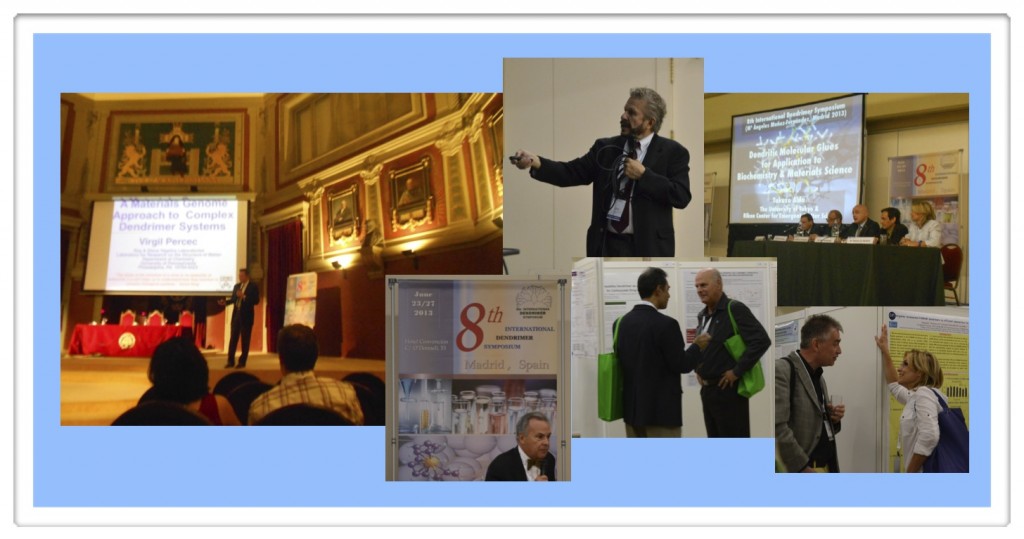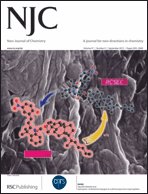Let’s meet the people behind the papers! This month, two authors kindly took some time to answer a few questions for us.
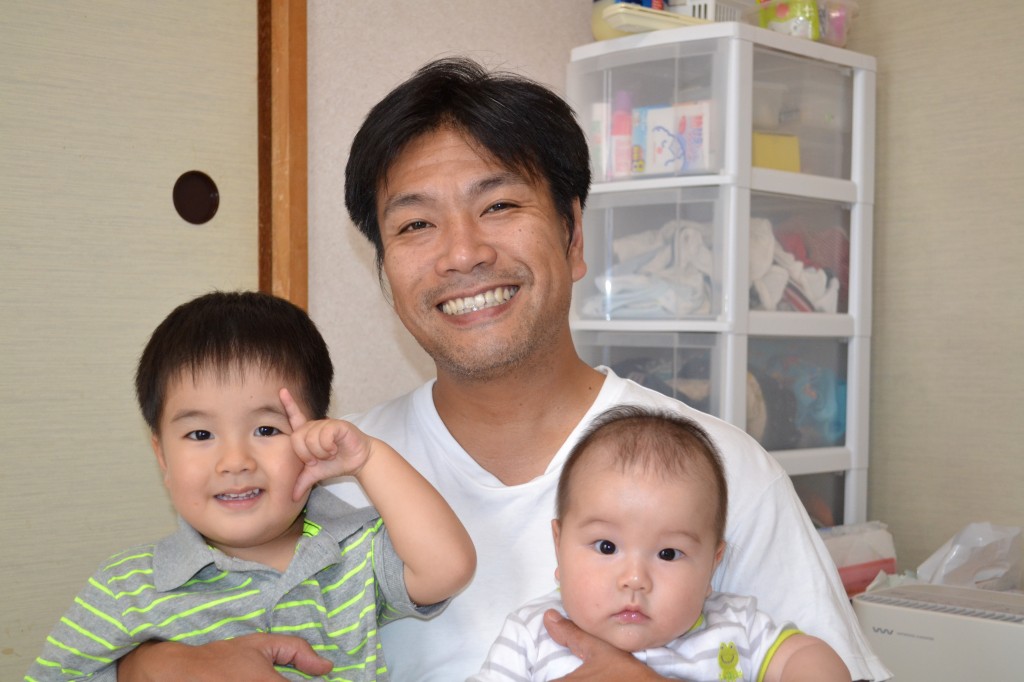 Our first author is Yasuhiro Shiraishi who is Associate Professor at the Research Center for Solar Energy Chemistry of Osaka University (Japan). Yasuhiro’s research interests are focused on the design of photocatalysts for selective organic transformations and fluorescent molecular devices driven by light.
Our first author is Yasuhiro Shiraishi who is Associate Professor at the Research Center for Solar Energy Chemistry of Osaka University (Japan). Yasuhiro’s research interests are focused on the design of photocatalysts for selective organic transformations and fluorescent molecular devices driven by light.
The article by Yasuhiro and his co-authors reports the synthesis of a spiropyran-cholesterol that undergoes reversible color and phase transitions upon heat and light stimuli. These properties were successfully applied to the creation of a material for information storage, easily writable and erasable by simple light irradiation.
The interdisciplinary nature of the work, involving polymer chemistry and photochemistry made NJC a logical choice in the authors’ eyes.
Besides being a research scientist, Yasuhiro’s dream job would be professional footballer. And not surprisingly, his primary focus outside of the lab is to raise his two boys to be as good footballers as Leo Messi.
“Spiropyran–cholesterol conjugate as a photoresponsive organogelator” Shigehiro Sumiya, Yasuhiro Shiraishi and Takayuki Hirai New J. Chem., 2013, 37, 2642-2647. DOI: 10.1039/C3NJ00322A
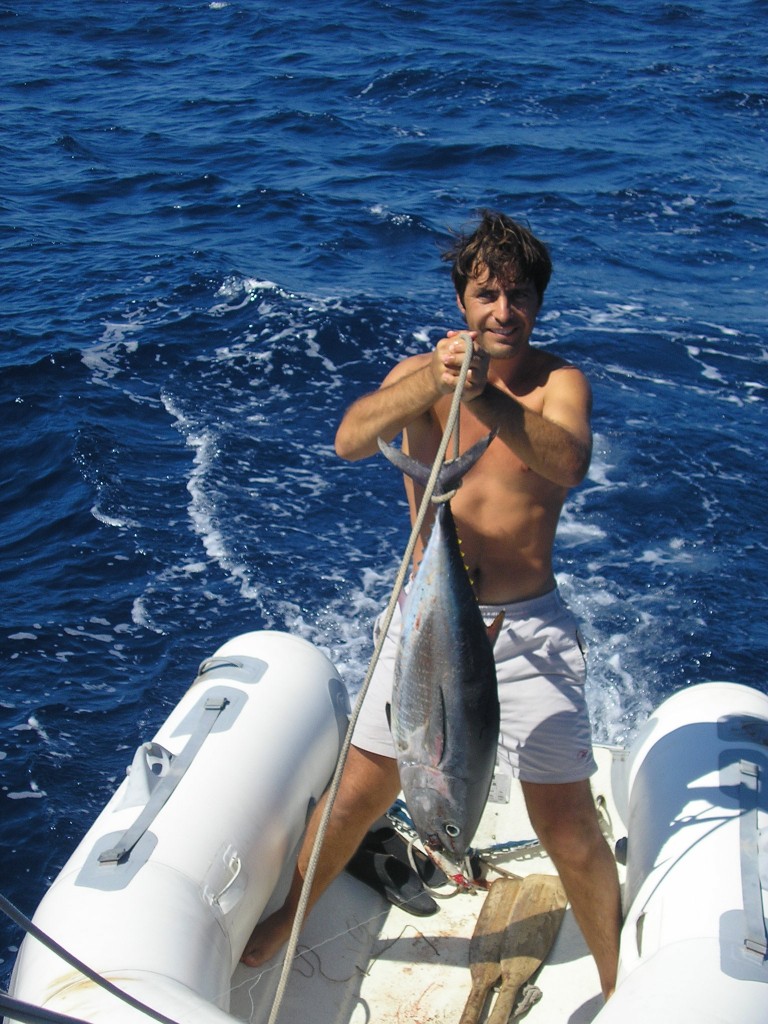 Antonio Frontera is Full Professor of Organic Chemistry in the Department of Chemistry at the Universitat de les Illes Balears (Spain). His research is in the field of Theoretical Chemistry, with an emphasis on the study of non covalent interactions.
Antonio Frontera is Full Professor of Organic Chemistry in the Department of Chemistry at the Universitat de les Illes Balears (Spain). His research is in the field of Theoretical Chemistry, with an emphasis on the study of non covalent interactions.
About his paper, Antonio commented: “Seventeen years ago, pi-facial interactions were described by John D. Woolins and coworkers in thiotrithiazylium salts. Their pioneering work can be considered as the birth of the nowadays well recognized anion–pi interaction and the research published in our manuscript on this topic is dedicated to them.”
The authors chose NJC to publish this research work because the journal is addressed to a cross-disciplinary and wide readership.
Playing basketball in wintertime and fishing in summertime are Antonio’s favorite activities besides chemistry (see the photo: nice catch!). If he could not be a scientific investigator, Antonio would be a private investigator.
“Anion–π interactions in [S4N3]+ rings” Antonio Bauzá, David Quiñonero, Pere M. Deyà and Antonio Frontera New J. Chem., 2013, 37, 2636-2641. DOI: 10.1039/C3NJ00424D
To stay up-to-date with the latest NJC news, sign up to its NJC Blog RSS.





